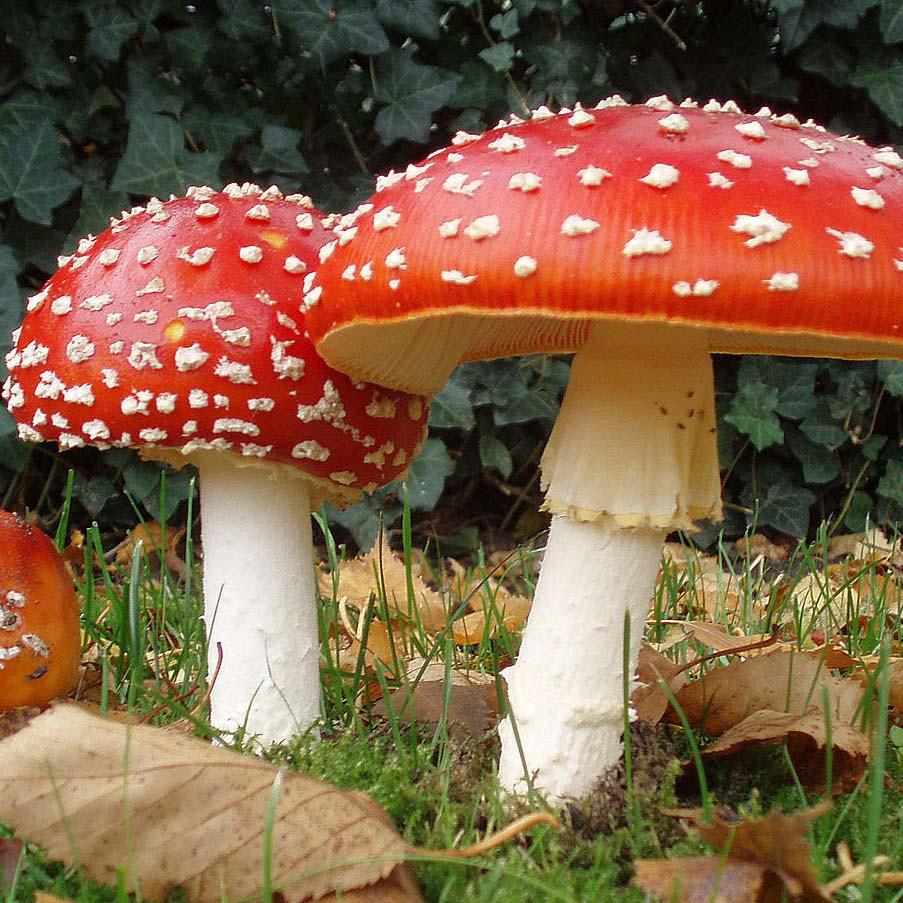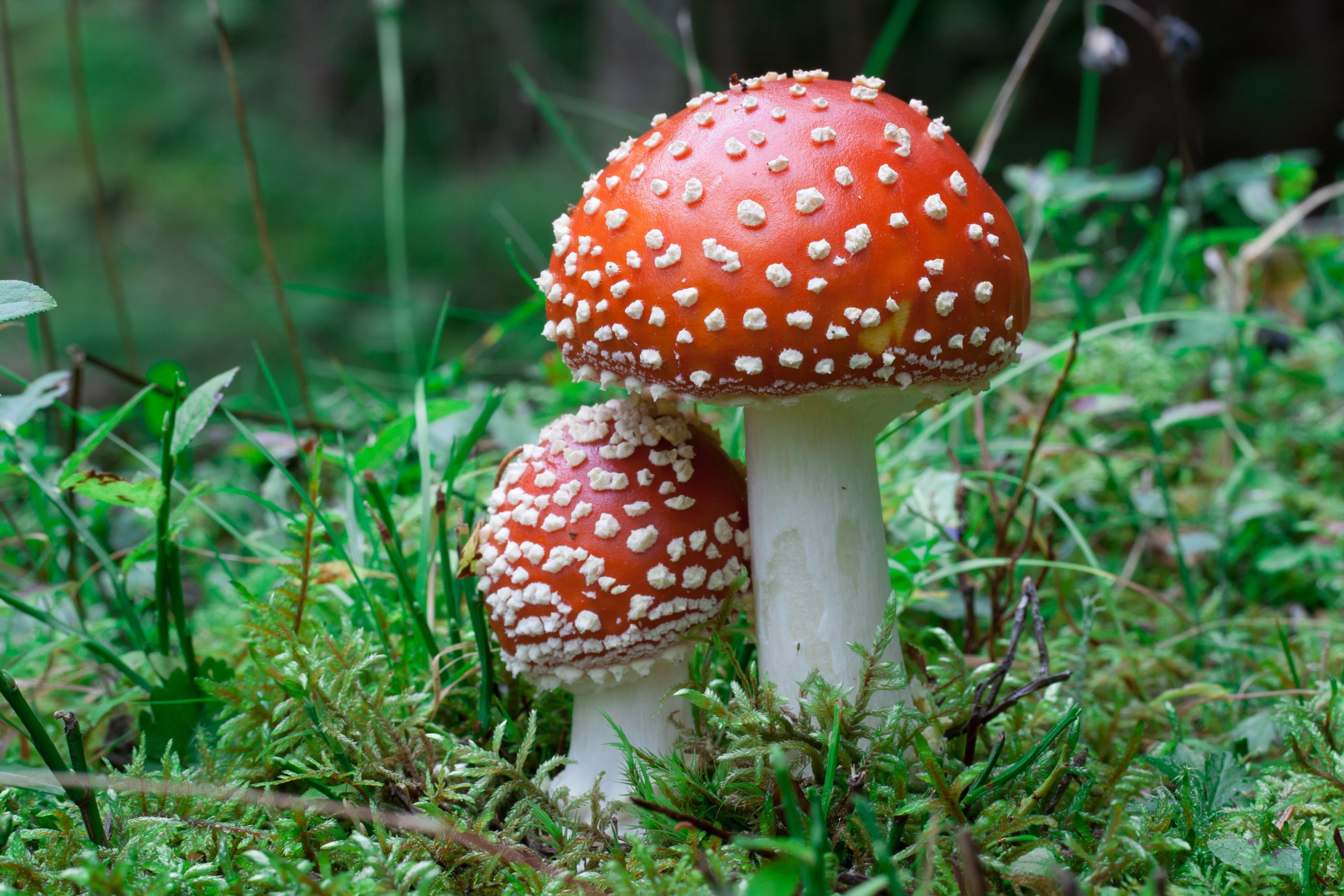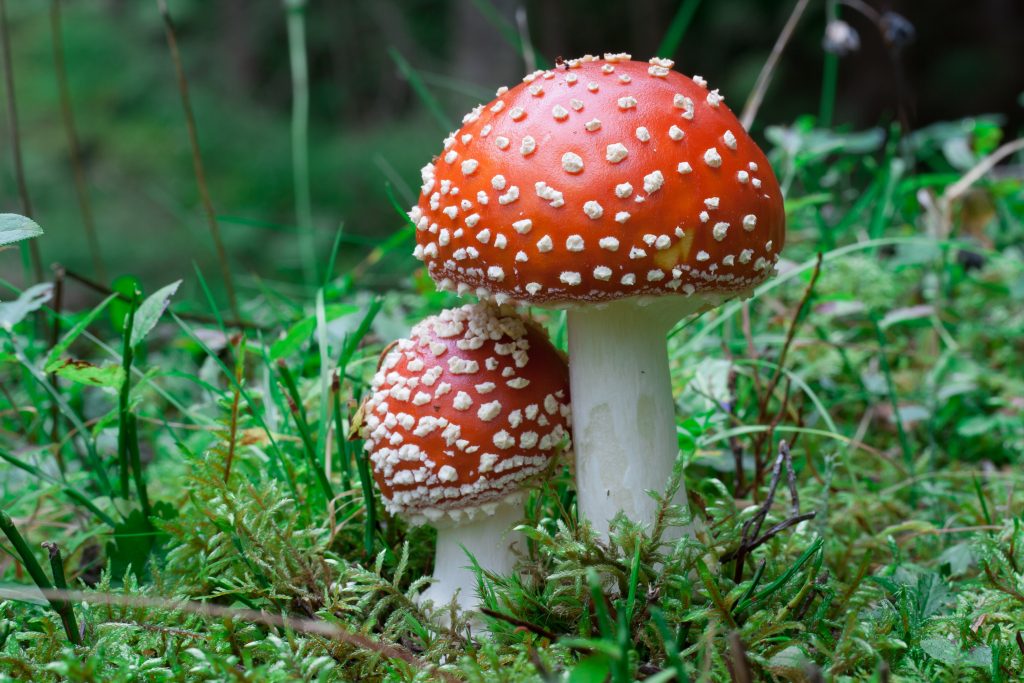In recent years, there has been an increased interest in the study of medicinal potentials of various plants and fungi. Among them, Amanita muscaria mushroom, commonly known as fly agaric or fly amanita, is a highly sought-after species due to its psychoactive effects. In traditional medicine, amanita muscaria mushroom has been used for centuries to treat various illnesses. This article aims to provide an overview of the scientific literature on the medicinal potentials of this mushroom and its active chemical compounds.
History and Ethnopharmacology
Amanita muscaria mushrooms are widely distributed across the Northern Hemisphere and have been used in various cultures for centuries. In ancient Greek mythology, they were said to be sacred gifts from gods like Zeus and Dionysus. The first written mention of their use comes from China during the Tang Dynasty (618–907 AD). They have also been employed in Siberian shamanism, where they were believed to bring about spiritual enlightenment and mind-expanding experiences. Additionally, it was found that many Native American tribes utilized these mushrooms for ritualistic purposes as well as for treating fever and colds.

Chemical Constituents
The major components responsible for the pharmacological activity of Amanita muscaria include ibotenic acid (IA), muscimol (MOL) and other related compounds such as α-amino acids which are derivatives of IA. Ibotenic acid is known to have neurotoxic properties, while MOL produces sedative effects due to its ability to interact with GABA receptor agonists in the synaptic clefts of the brain. Other compounds present in Amanita mushrooms include β-glucans, which are known to have immunomodulatory properties, and flavonoids, which may act as antioxidants to protect against oxidative stress-related damage caused by free radicals. Several studies suggest that several unknown bioactive substances may also be present in these mushrooms, but further research is needed to determine their exact nature and role in modulating biological activity in humans/animals.
Neuroprotective effects
Recent studies have reported that orally administered MOL from Amanita Muscaria has neuroprotective effects against glutamate-induced neurotoxicity in cultured rat cortical neurons in vivo model system. It was observed that MOL could reduce inflammatory markers such as TNFα while preserving mitochondrial function, supporting its potential use as a therapeutic agent for the treatment of neurological disorders involving excitotoxicity such as glutamate overload syndrome. However, further research is required to elucidate the underlying mechanisms involved before definitive statements can be made regarding the efficacy/safety profile in clinical use.
Anti-cancer activity
Some reports suggest that extracts of these mushrooms may have anti-cancer activity through inhibition of tumour growth in both in vivo and in vitro models. It was found that bioactive secondary metabolites isolated from A..muscaria could inhibit cell proliferation while inducing apoptosis in cancer cell lines both alone & synergistically when combined with conventional chemotherapeutic agents such as paclitaxel & cisplatin. Further studies are required before definitive conclusions can be drawn on this aspect.
Immunomodulatory properties
Another area where A..muscaria shows promising potential is in the modulation of the immune response, particularly in autoimmune diseases. These mushrooms contain polysaccharides called beta-glucans which can activate complement pathways along macrophages & neutrophils, leading to increased production of IL2, IFNγ etc. thus helping to restore normal homeostatic balance of the body’s immune system. In addition, certain flavonoids present in A..Muscaria have also been shown to demonstrate anti-inflammatory action inhibiting the release of pro-inflammatory cytokines such as TNFα & interleukins 1&6 thus suggesting the possible use of adjunctive therapies managing chronic inflammation-based pathologies.

Conclusion
Although much remains unknown regarding the pharmacological profile of Amanita muscaria, current evidence suggests that there are indeed numerous potential medicinal applications of this rarely studied species ranging from treatment of common ailments such as fever, colds, neurodegenerative conditions even some forms of cancer. Further research is needed to elucidate the underlying mechanisms of action, to better understand the safety/efficacy profiles before clinical trials can be initiated, and to validate the results seen in preliminary animal studies.





